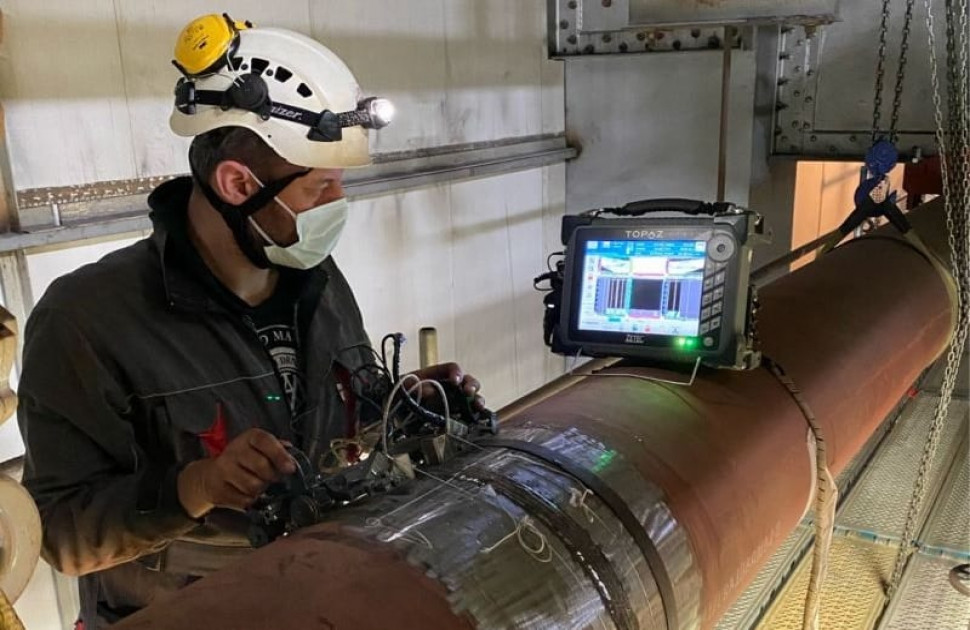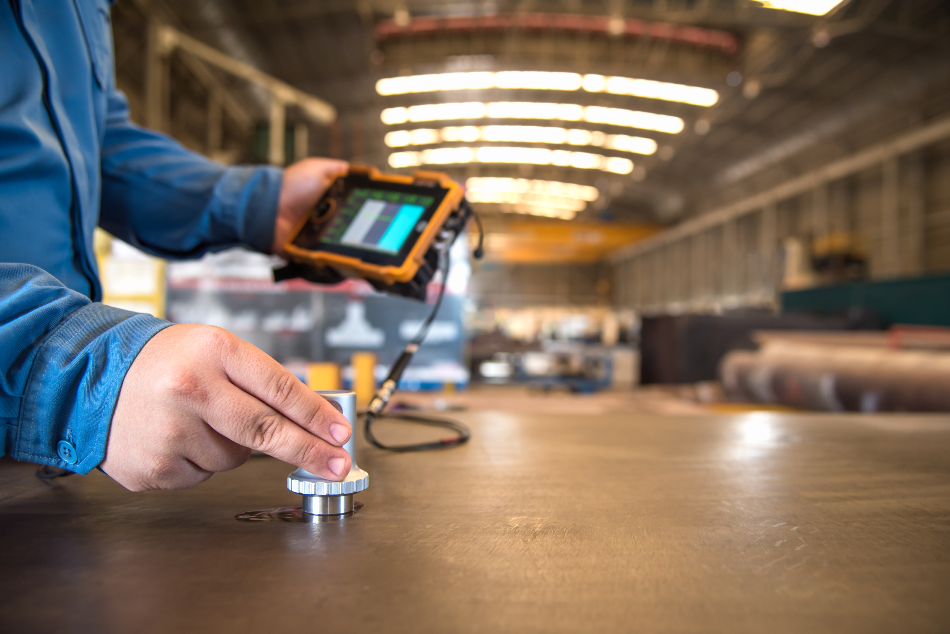In the world of industrial quality assurance, precision and accuracy are paramount. A case study on frequency calibration success offers valuable insights into how rigorous calibration protocols can lead to significant improvements in performance and reliability. This article delves into the methodologies, challenges, and outcomes of successful frequency calibration, providing a roadmap for industry professionals seeking to enhance their calibration processes.

Understanding Frequency Calibration
Frequency calibration involves adjusting instruments to ensure their outputs align with established standards. This process is crucial in industries where precise measurements are vital, such as telecommunications, aerospace, and manufacturing. Calibration helps in maintaining the integrity of the systems and ensures that the devices perform optimally.
The Importance of Calibration
Calibration is not just a technical procedure; it’s an essential practice that enhances the trustworthiness of measurements. By aligning instruments with national or international standards, companies can ensure consistency in their operations and avoid costly errors.
Key Components of Successful Calibration
The success of a frequency calibration process hinges on several factors:
- Accurate Reference Standards: Utilizing precise reference standards is crucial for effective calibration.
- Skilled Technicians: Well-trained technicians are essential for executing the calibration process accurately.
- Advanced Technology: Leveraging modern technology enhances the accuracy and efficiency of calibration.
A Detailed Look at the Case Study
This case study examines a company that faced significant challenges with their frequency calibration process. The company, operating in the telecommunications sector, was experiencing discrepancies in their measurement systems, leading to inefficiencies and increased operational costs.
Identifying the Problem
The initial step involved identifying the root cause of the discrepancies. A thorough analysis revealed that the calibration process was outdated and lacked the necessary precision, affecting the overall performance of the systems. This insight prompted the company to overhaul their calibration procedures.
Implementing the Solution
To address the issues, the company adopted a multi-faceted approach:
- Upgrading Equipment: The company invested in state-of-the-art calibration equipment to improve accuracy.
- Training Personnel: Comprehensive training programs were implemented to enhance the skills of the technicians.
- Regular Audits: Conducting regular audits helped in identifying areas for improvement and ensuring adherence to standards.
Results and Impact
The changes led to a remarkable improvement in the company’s operations. The enhanced calibration process resulted in more accurate measurements, reduced operational costs, and increased efficiency. The company’s commitment to quality assurance was evident in the positive feedback from clients and stakeholders.
Lessons Learned
This case study on frequency calibration success underscores the importance of a robust calibration process. Key lessons include:
- Investment in Technology: Investing in the latest technology is crucial for maintaining accuracy.
- Continuous Training: Regular training programs ensure that personnel remain proficient in calibration techniques.
- Regular Reviews: Continuous reviews and updates of calibration protocols are necessary to keep up with industry standards.
Conclusion
The case study illustrates how a well-executed frequency calibration process can lead to significant operational improvements. By prioritizing accuracy and investing in the right tools and training, companies can achieve success in their calibration efforts. For industry professionals, this case study serves as a guide to enhancing their own calibration processes, ensuring precision and reliability in their operations.
Related Readings
For further information on frequency calibration and related topics, consider exploring resources on Low vs High Frequency Inspection and Innovations in Synchronization Technologies. Additionally, external resources such as Aviva’s guide on inspection frequencies provide further insights.

FAQs
What is frequency calibration?
Frequency calibration is the process of adjusting instruments to ensure their outputs are consistent with established standards, ensuring accurate measurements.
Why is frequency calibration important?
Calibration is crucial for maintaining the accuracy and reliability of measurement systems, preventing costly errors and ensuring operational efficiency.
How can companies improve their calibration processes?
Companies can enhance their calibration processes by investing in advanced technology, providing regular training for technicians, and conducting frequent audits to ensure compliance with standards.
This article contains affiliate links. We may earn a commission at no extra cost to you.
